- News
- Reviews
- Bikes
- Components
- Bar tape & grips
- Bottom brackets
- Brake & gear cables
- Brake & STI levers
- Brake pads & spares
- Brakes
- Cassettes & freewheels
- Chains
- Chainsets & chainrings
- Derailleurs - front
- Derailleurs - rear
- Forks
- Gear levers & shifters
- Groupsets
- Handlebars & extensions
- Headsets
- Hubs
- Inner tubes
- Pedals
- Quick releases & skewers
- Saddles
- Seatposts
- Stems
- Wheels
- Tyres
- Tubeless valves
- Accessories
- Accessories - misc
- Computer mounts
- Bags
- Bar ends
- Bike bags & cases
- Bottle cages
- Bottles
- Cameras
- Car racks
- Child seats
- Computers
- Glasses
- GPS units
- Helmets
- Lights - front
- Lights - rear
- Lights - sets
- Locks
- Mirrors
- Mudguards
- Racks
- Pumps & CO2 inflators
- Puncture kits
- Reflectives
- Smart watches
- Stands and racks
- Trailers
- Clothing
- Health, fitness and nutrition
- Tools and workshop
- Miscellaneous
- Buyers Guides
- Features
- Forum
- Recommends
- Podcast
£169.99
VERDICT:
Possibly the best Garmin yet if you don't need mapping
Weight:
33g
Contact:
At road.cc every product is thoroughly tested for as long as it takes to get a proper insight into how well it works. Our reviewers are experienced cyclists that we trust to be objective. While we strive to ensure that opinions expressed are backed up by facts, reviews are by their nature an informed opinion, not a definitive verdict. We don't intentionally try to break anything (except locks) but we do try to look for weak points in any design. The overall score is not just an average of the other scores: it reflects both a product's function and value – with value determined by how a product compares with items of similar spec, quality, and price.
What the road.cc scores meanGood scores are more common than bad, because fortunately good products are more common than bad.
- Exceptional
- Excellent
- Very Good
- Good
- Quite good
- Average
- Not so good
- Poor
- Bad
- Appalling
Garmin's new Edge 130 offers a lot of performance in a small package, with ANT+ and Bluetooth sensor and smartphone connectivity, decent battery life, an easy-to-use button-controlled layout and, perhaps best of all, an absolutely pin-sharp display. You don't get fully fledged navigation like the pricier Garmin models but the basic setup is usable if that's not your top priority.
- Pros: Compact, easy to use, pin-sharp display, buttons not a touchscreen
- Cons: Basic navigation, no mapping
Garmin's GPS computers have been getting bigger and more feature-packed over the years, but the new Edge 130 harks back to the iconic 500. It's not only compact, but the stripped-back features focus on offering the core functions and fewer superfluous ones that, in my opinion, have been bloating some of the bigger and pricier Garmins at the expense of solid reliability.
It's an all-new product line too, sitting above the smaller and cheaper 20, 25 and 200 computers, but below the 520 Plus, 820 and 1030. It will appeal to performance-minded cyclists as it pairs with a whole bunch of sensors, but shuns a lot of the features found higher up the range, which keeps the price down and makes it easier to use.
Button-operated
No touchscreens here, the Edge 130 is operated by five buttons located on the side. That means no touchscreen reliability issues to worry about, plus it's good for battery life. It doesn't take long to be fluent in using the buttons to navigate around the Edge 130, it's very simple and intuitive. The user interface is a breeze, so much easier to use than any of the 'better' models.
The screen is 1.8in in size. It's not as indulgent or colourful as Garmin's bigger devices but it is pin sharp and legible; reading the numbers at speed with a quick glance is simple. That's true in any light conditions as well, from gloomy low light to bright sunlight. It's probably the crispest display I've used on any computer, Garmin or other brands.
Its screen might be small but the Edge 130 lets you pack up to five data pages with eight data fields, so you can get all the important ride information you need. I was easily able to set up a data page to show speed, distance, power, heart rate, cadence, elapsed time, timer and total ascent, all I really need for an average ride. It's quite handy to have a couple of other screens set up with less data, especially for racing when all you might need is speed, power and time, with the subsequent larger numbers making it easy to glance at in the heat of a race.
You have to determine the configuration of the data fields in the main menu of the Edge 130, which isn't quite as easy as setting up a Wahoo via a smartphone app, but it's pretty straightforward and it's likely to be something you only do once. In fact, setting up the Edge 130 out of the box for the first time is a simple affair. And every time you add a sensor you get a prompt to add a relevant data page, which saves mining through the menus.
Packed inside the small unit are sensors that use GPS, GLONASS and Galileo satellites for positioning with a barometric altimeter. I found it picks up the satellites very quickly so there's no delay to starting a ride, and it hasn't shown any sign of dropping signal during any rides so far. That's using just the GPS mode, which the Edge 130 is set to by default. It worked fine. For more challenging areas you could try either the GPS + GLONASS or GPS + Galileo but they come with a battery penalty. Unless you're having issues in the stock mode you shouldn't have to worry about changing anything.
Recording and connecting
Recording rides is a doddle. Once the Edge 130 has locked onto a GPS signal, which I found it did impressively quickly, press Record and it starts tracking your ride. When you're done, press the Stop button and you'll be prompted to save or discard your ride. Hit Save and then you'll have the opportunity to categorise your ride with options including road, mixed surface, mountain and gravel. It's a nice touch, given the diversity of cycling these days. You only get one activity profile compared to the multiple profiles on the 520, say, but it's not something I missed.
Like all modern Garmin computers, the Edge 130 supports both ANT+ and Bluetooth. The latter means you can connect a smartphone so you can get alerts for incoming text messages. I like that; it lets you know if it's something important that you need to stop and respond to, or just some junk mail. It doesn't work with WhatsApp, though, which is a shame.
Bluetooth also means easy uploading to Garmin Connect or any other training package. I found the Bluetooth to be reliable and worked fine every time, which is an improvement on my experience with some older Garmin computers which were frustrating, to say the least. You can use LiveTrack if you want to share your route with friends and family.
Strava Live Segments is supported if you like to challenge yourself that way on a ride. It also supports Strava routes but you have to plug the Edge 130 into a computer and manually copy across the files, there's no easy way of doing it via the smartphone, which might limit its appeal with dedicated Strava fans.
Sensors
The Edge 130 is compatible with sensors including heart rate, cadence, power meters and more, and the Varia radar rear light. You get a reasonable selection of metrics for monitoring these sensors, but if you're a data-hungry performance-focused cyclist then you might prefer the full suite of power metrics you get with Garmin's more expensive computers.
You don't get proper navigation like on the 800 or 1000 series, as there's no base map installed. You can still download a map, easily done from the Garmin Connect app, and you're presented with a line you can follow, with prompts to upcoming turns. It can be hit or miss; for countryside riding it's doable, but in urban and city areas I found it tricky when you get to a roundabout with lots of possible exits.
As well as downloading a route, you can use the 'back to start' via the same route or in a straight line – handy if you need to get home sharpish.
Battery life
Garmin claims 15 hours of battery life, but that is in the best possible scenario. For real-world riding with everything turned on and connected to a smartphone and a couple of sensors (heart rate and power meter), I found I was getting in the region of 10-12 hours. That's enough for a week's worth of riding for many. More sensors will drain the battery quicker; turning them off will increase it a bit.
Any issues?
I know Garmin users have had their fair share of issues. I've had plenty – most recently with the 820 and it's unusable touchscreen, thankfully fixed with firmware updates – but I'm pleased to report the Edge 130 bucks this trend. It's been solidly reliable and free of gremlins and bugs during the couple of months I've been testing it. It's not once thrown a wobbly or had me cursing it, it just does what you expect of an expensive computer and works all the time. So well done Garmin on releasing a product that is bug-free.
Price and rivals
Garmin asks £170 for the new Edge 130, which is £90 cheaper than the also-new Edge 520 Plus, though that offers a lot more performance data metrics and navigation. If you need proper navigation and you're seriously into tracking your fitness and want the full suite of performance data then it's worth the extra, but if you know your way around then the Edge 130 does everything most cyclists will probably need, and in a very compact and sharp looking computer.
Shop around and you can find the regular Edge 520 for about the same price as this new 130. It's an older design but does pack more performance metrics, though it doesn't do a proper map. The 130's small form-factor and more modern design tip it for me.
Tougher competition comes from outside the Garmin stable: Wahoo's increasingly popular Elemnt Bolt is pricier at £200. It's a chunkier unit and, to my mind, not as smart looking as the Edge 130, and the display is not as crispy sharp, but it does offer proper navigation with a base map and it matches all the same performance parameters as the Edge 130.
Usability is a little better with the Bolt, too, especially when first setting it up as you conduct all changes through the smartphone app. The Edge 130 is still cheaper, smaller and has a nicer screen, and if you don't need navigation then pocketing the change might be reason enough to choose the Garmin.
Conclusion
The Edge 130 pretty much does everything I want in a computer. It tracks rides reliably, provides all the data I need being compatible with heart rate, cadence and power meter sensors, has a decent battery life, is easy to use and is contained in a small and sleek package.
There's no navigation but it's not something I miss as I rarely need to navigate on unfamiliar roads. What I really like is that it provides all the key features I need for my regular riding, with a sharp screen, compact form factor and, finally, solid reliability with no software issues.
Verdict
Possibly the best Garmin yet if you don't need mapping
road.cc test report
Make and model: Garmin Edge 130
Size tested: 4.1 x 6.3 x 1.6 cm
Tell us what the product is for and who it's aimed at. What do the manufacturers say about it? How does that compare to your own feelings about it?
Garmin says, "It's the little things that make all the difference, which is why you're going to love Edge 130. This ruggedly compact but capable GPS cycling computer has everything you need to navigate your ride, monitor stats, stay connected with loved ones and much more. And it's all in a compact device that goes where you go and won't weigh you down.
Small but powerful
Whether you ride on single-track, open roads or city streets, Edge 130 is the perfect riding partner. Its compact, lightweight design features a 1.8" mono Memory in Pixel (MIP) display. That means you'll get a completely crisp view of the screen, even in direct sunlight when you'd normally be squinting at your smartphone screen. Its five-button interface is easy to navigate, and you can even customise the display to show up to 8 data fields on each screen. And don't let its slight stature fool you – Edge 130 is packed with additional features and gets up to 15 hours of battery life between charges."
Tell us some more about the technical aspects of the product?
From Garmin:
Simplified, rugged design with 1.8" display that's crisp and easy to read in sunlight or low-light conditions
With GPS, GLONASS and Galileo satellites and an altimeter, you'll know how far, fast, hard and high you've ridden on the longest climbs or on your way through the city
Includes navigation with turn prompts and even shows you how to get back to start; download courses from the Course Creator feature in Garmin Connect™ online community, and race in real time against Strava Live Segments
Compatible with Varia™ cycling awareness accessories, including rear-view radar and smart bike lights
Connected features include smart notifications, weather and more; LiveTrack and Assistance features make it easy to share your location
Battery life: up to 15 hours
Rate the product for quality of construction:
8/10
Rate the product for performance:
8/10
Rate the product for durability:
8/10
Rate the product for weight (if applicable)
9/10
Rate the product for value:
5/10
It's priced about right and on par with competitors: you can get a few more features with the Wahoo Bolt, but you're paying a bit more. I reckon it offers a good feature to pound ratio.
Tell us how the product performed overall when used for its designed purpose
Several months of riding later, and I've been really impressed with how well it works.
Tell us what you particularly liked about the product
Really easy to use, very reliable and I love the clear display and button interface.
Tell us what you particularly disliked about the product
No proper mapping but that's not a deal breaker for me, and on a screen so small mapping would be compromised.
How does the price compare to that of similar products in the market, including ones recently tested on road.cc?
I think it compares well. If you're not bothered about having the latest there are some bargains to be had, such as the older 520 which offers a few more performance metrics.
Did you enjoy using the product? Yes
Would you consider buying the product? Yes
Would you recommend the product to a friend? Yes
Use this box to explain your overall score
I've been left disappointed by the last few Garmins I've tested, but the new Edge 130 has restored my faith. It gets all the key features bang on, is reliable and easy to use and the screen is super-sharp.
About the tester
Age: 31
I usually ride: My best bike is:
I've been riding for: 10-20 years I ride: Every day I would class myself as: Expert
I regularly do the following types of riding: road racing, time trialling, cyclo-cross, commuting, touring, mountain biking
David worked on the road.cc tech team from 2012-2020. Previously he was editor of Bikemagic.com and before that staff writer at RCUK. He's a seasoned cyclist of all disciplines, from road to mountain biking, touring to cyclo-cross, he only wishes he had time to ride them all. He's mildly competitive, though he'll never admit it, and is a frequent road racer but is too lazy to do really well. He currently resides in the Cotswolds, and you can now find him over on his own YouTube channel David Arthur - Just Ride Bikes.
Latest Comments
- Rendel Harris 2 sec ago
She may have a disability and have the car through Motability. She may have recently lost her job and the car dates from more prosperous times. For...
- bensynnock 14 min 3 sec ago
Southampton?
- TBR 33 min 26 sec ago
I got myself a klickfix freepack sport with the seatpost mount about 15 years ago which does exactly the same with more distance between saddle...
- wtjs 1 hour 28 min ago
Traffic lights should routinely be programmed to turn red where sensors show speeding drivers are approaching...
- David9694 1 hour 54 min ago
Mum shocked as driver crashes into Helston house in the night...
- Rendel Harris 2 hours 10 min ago
By my reckoning there are eight comments from cyclists who don't think it's necessary, five comments from cyclists who think it's good, four...
- Rendel Harris 2 hours 34 min ago
Well obviously they couldn't touch the central line because there was traffic coming in the opposite direction and so they had to pass you within...
- David9694 2 hours 36 min ago
What are left with, from among the individual builders listed here I wonder, how many are taking orders? https://www.framebuilding.com/custom_uk...
- Simon E 3 hours 58 min ago
And a handy way for arseholes to excuse their shitty behaviour....
- Bigtwin 4 hours 32 min ago
Wonder if they could adapt it slightly to tell you when you should breathe?















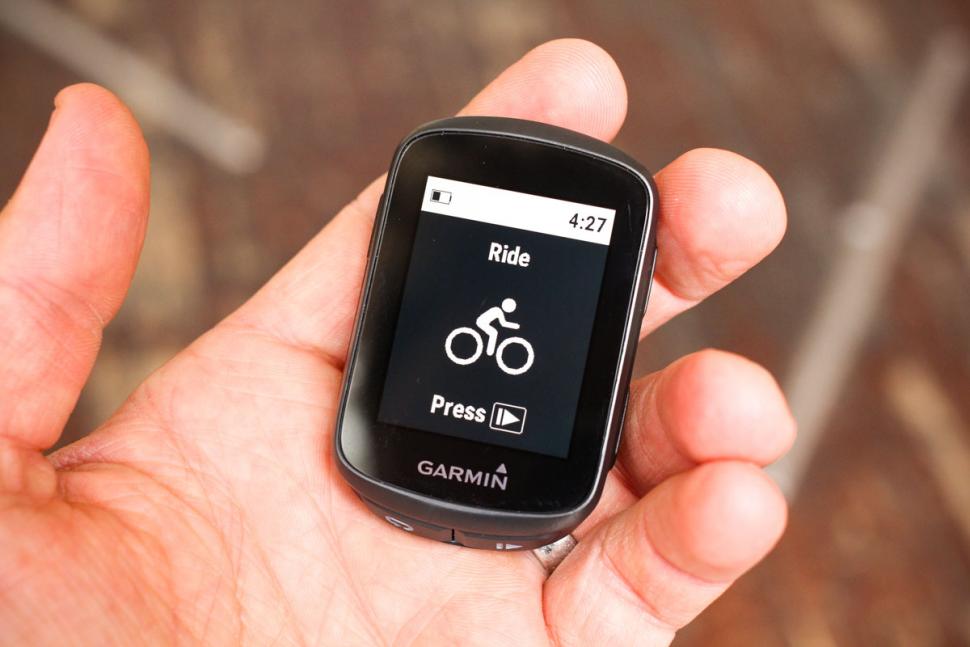
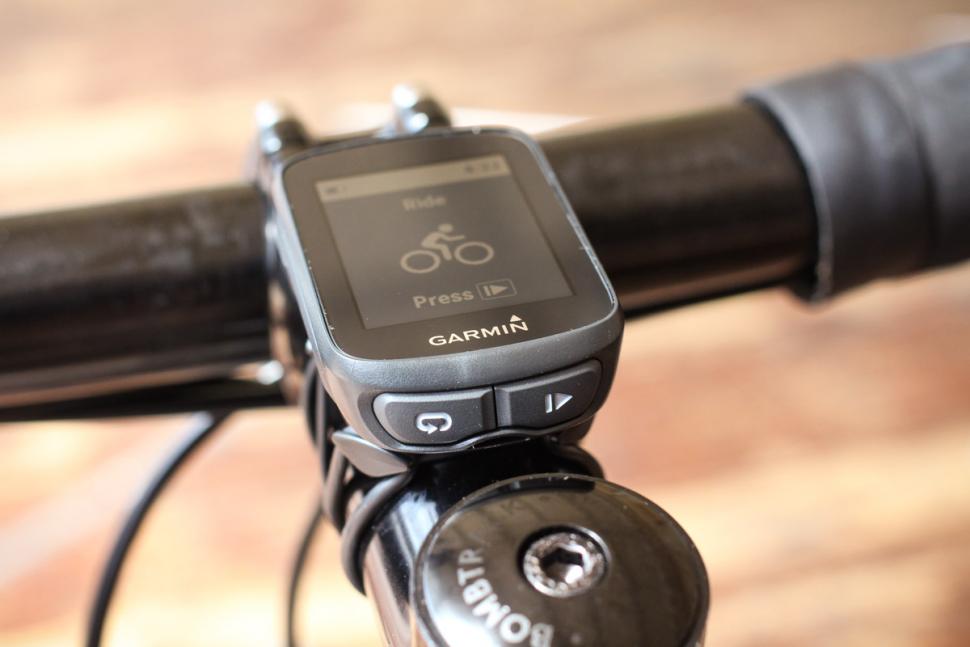
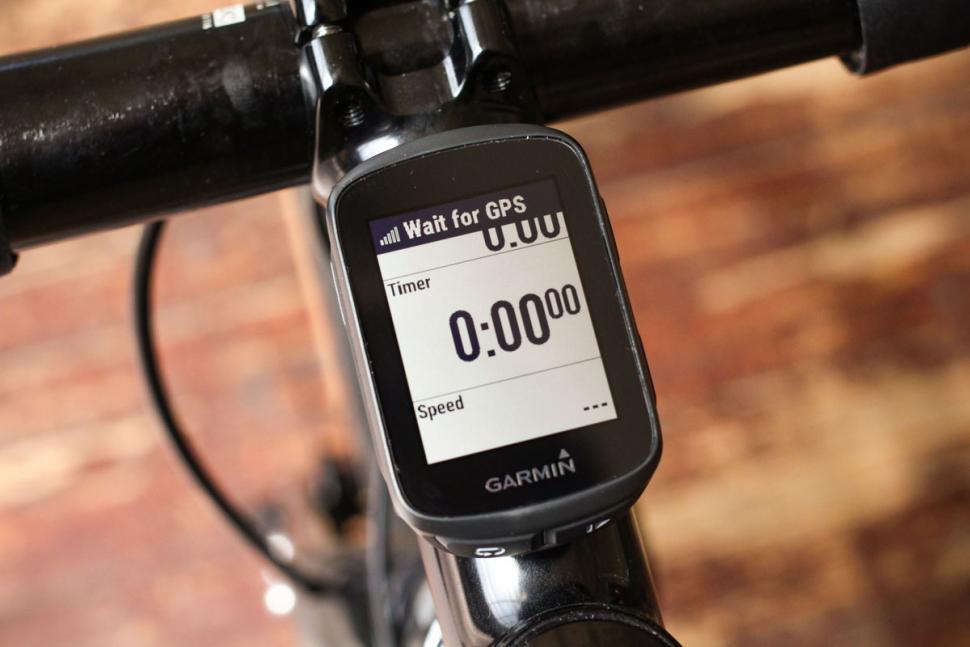
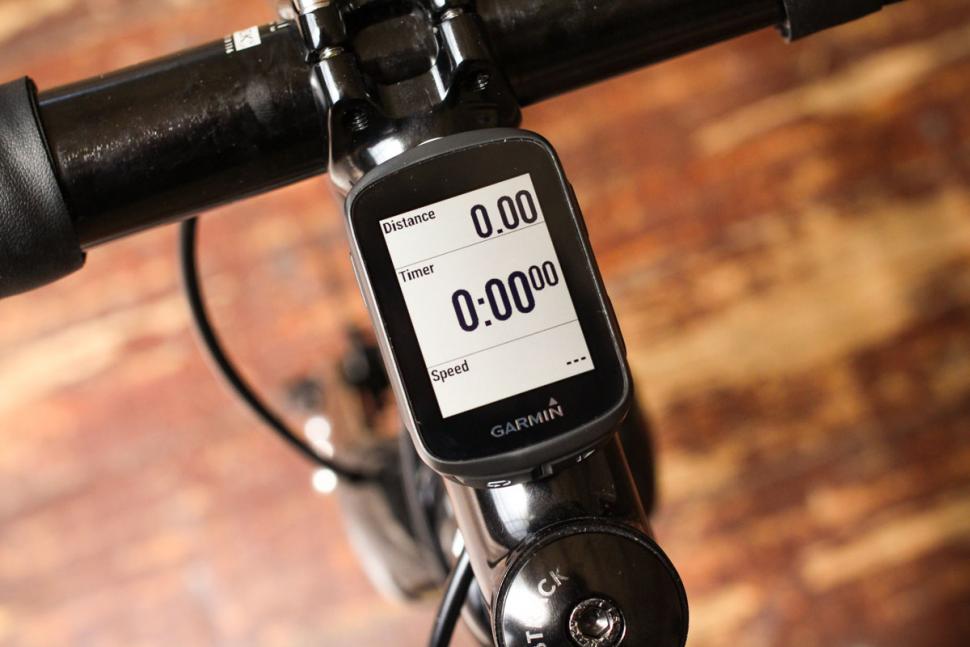

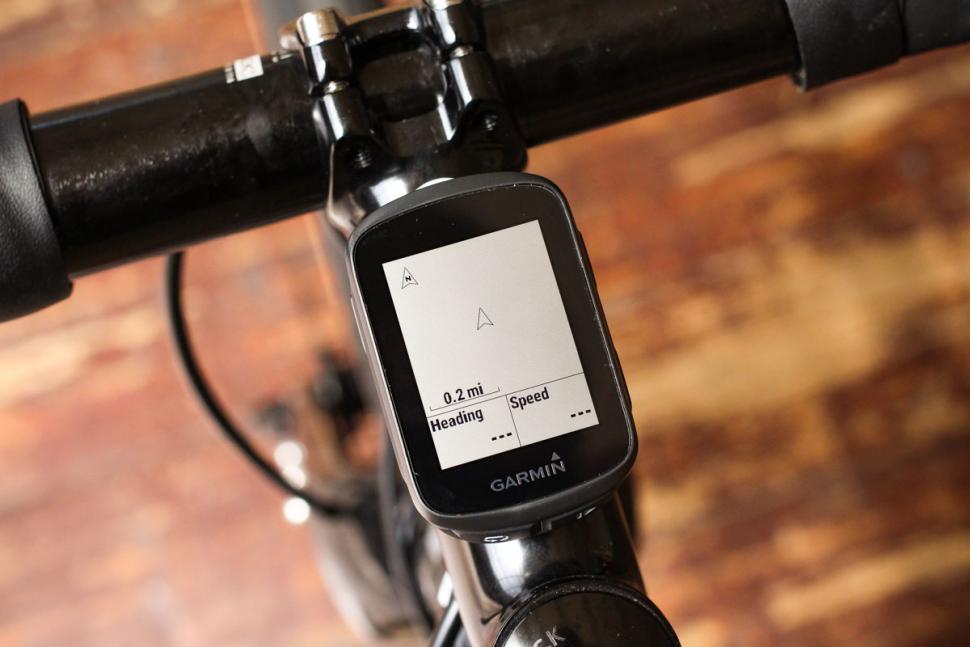
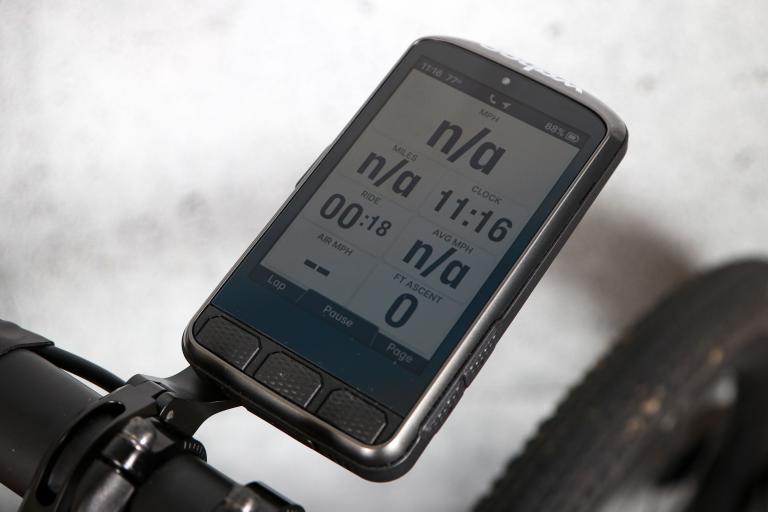
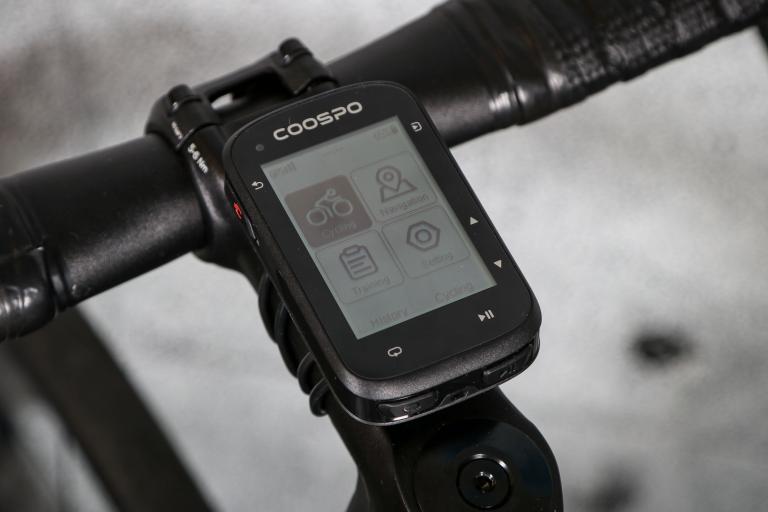
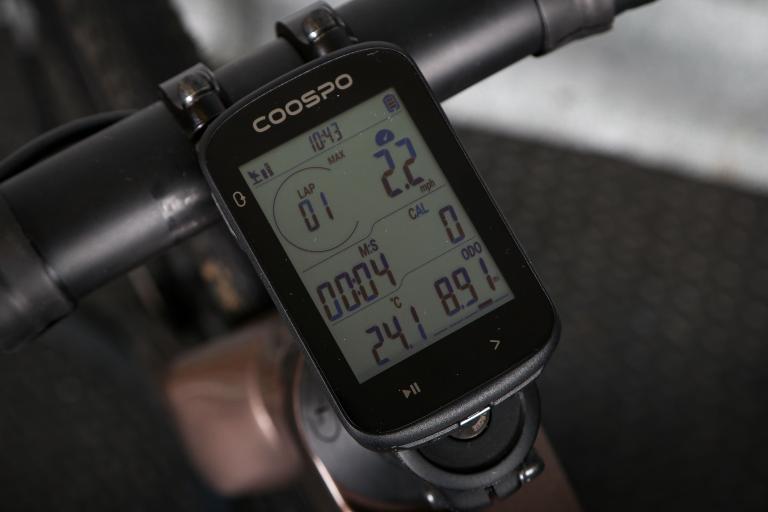
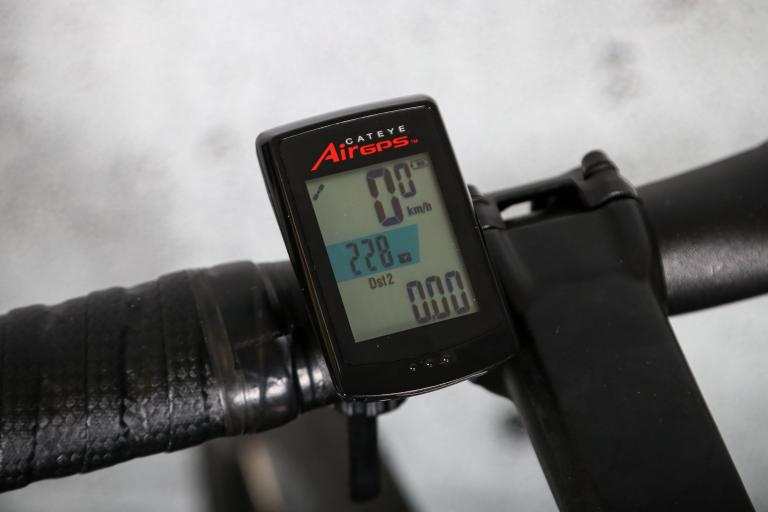
Add new comment
14 comments
Great review. Mine's struggling to get over 4 hours of usage.
1 year in and mine has been completely faultless. Regularly updated and does pretty much all I need from a head unit. Easy to read even for my aging eyes, hugely configurable. It Just Works.
I've been using mine for over six months now and really like it.
Picks up satellites quickly, easy to read display, syncs with phone promptly and very easy to customise in terms of data pages. I only have a speed sensor connected and that seemed to make the unit a bit more accurate in terms of speed.
When I first got it, it seemed to install an update every day but that has dropped off to every month or so. It has never crashed or failed to sync or lost a ride.
Got mine this week. Can’t believe maximum average power data field is 3s. Really poor.
One thing to add to this review for those comparing Garmin capabilities. It's a bit of an edge-case feature but the 130 will not control a smart trainer over ANT+ FE-C (or Bluetooth Smart, obvs)
It will still work as a display but you can't use the 130 to re-ride routes, or ride to a pre-set power requirement, and so on.
If you want that stuff (which untethers your trainer from needing to be connected to a computer/tablet/etc) then the lowest model in the Garmin range that supports that is the Edge 520
Not a huge difference in price between the two so worth considering if you're going to use your head unit with a smart trainer.
I like the unit but I do find it a bit buggy. It can drop the ant+ sensors for a bit if its trying to sync with the phone. I say trying because often it doesn't sync. Like @brianlescargot says it takes a long time to autopause. When I compared power on the turbo it was within 1 or 2 w with what the 1000 recorded but it wasn't ever trying to sync. I would try switching off the auto sync during a ride (not ideal but might be a fix ). Coincidently, I also bought the 130 to cover for a 1000 that power button discintegrated.
). Coincidently, I also bought the 130 to cover for a 1000 that power button discintegrated.
I bought one this summer and I am a bit disappointed to say the least as there are certain annoying niggles with it. The auto pause feature takes up to 10 seconds to kick in so if you stay somewhere with lots of traffic stops then it will seriously dent your average speed. Probably linked to this is that there is a noticeable lag in the recorded speed on the device. I have measured this against my Garmin Edge 1000 (which has a broken power button hence why I purchased the 130) and it is recording power from my Stages PM 13% lower, something that seems quite bizarre to me since both getting used at the same time but recording totally different numbers from the same device. The unit is so small and where the lap/return button is placed it is very difficult to scroll through the up and down buttons on the right hand side without pressing it inadvertently. I do it all the time. In hindsight now I wouldn't have bought it. I have emailed Garmin Support about the power meter reading but so far I have had no response
If you have Bluetooth sensors you intend use, try before you buy. I have a speed/cadence sensor that doesn't work with the 130 and Garmin support haven't been very helpful. On the other hand, as of now this is the only Garmin computer that supports Bluetooth sensors at all.
Other than that no major issues. Battery time is good. GPS fix can be slow as indicated by other posts.
Seriously impressed with mine. Three months use, riding most days and zero dropped rides, even rides over three hours. Have mine paired with a 4iiii power meter and HRM. Expecting support for SeeSense Ace lights soon. Fast syncing with Garmin Connect, even on an ancient iPhone 6. Occasionally it's taken a couple of minutes to get a GPS lock despite rides starting from the same place. Not sure where it gets A-GPS data from or if its stored on the device. Most often the slow lock is after a few days of not riding. I've used the mapping and nav a couple of times and have found it accurate enough for the riding I do (mostly rural). I was a long-term Wahoo user but my RFLKT started playing up (or maybe it was the app). This has been completely reliable in comparison. Good to see regular firmware updates too - make sure you take them if you buy a device that's been on the shelf for a while
Article misses these points:
- Poor GPS reception in all modes (GPS, GPS+Glonass, GPS+Gallileo), compared to my 820, 1000 and 1030. Long time required to get initial fix.
- No temperature data field, although device has temperature sensor and temperature is recorded in .fit file
I haven't found that to be the case, in my experience it picks up the satellites really quickly
For me there seems to be a correlation between how recently the device has been used and how quickly it picks up the satellites. The other possibility is that it needs a phone connected in order to benefit from A-GPS (not sure if that is even still a thing?)
Certainly on a Monday morning after it not being used for three days it takes a while longer to get a lock. Rest of the week it's pretty much instantaneous. Literally switch it on, roll the bike out of the shed and it has a lock. I'm fortunate to be in a rural area without tree cover or tall buildings to interfere with the satellite signal so things may differ in an urban environment.
I've found firmware 3.00 to be very stable and have all I need. Got some weird issues with Garmin Connect not updating my performance stats but suspect that's a GC issue, not the 130.
I've had an Edge 130 since June and it hasn't been the greatest GPS.
Early firmware versions weren't great and I'm still getting issues with the accuracy of the elevation - currently elevation is 200 m below where it should be. It feels like Garmin are using early adopters as beta testers.
Before you buy check out the various posts on the Garmin Forum at https://forums.garmin.com/forum/into-sports/cycling/edge-130-ab
You won't be trousering much change over the Wahoo Bolt with it's mapping and better UX...